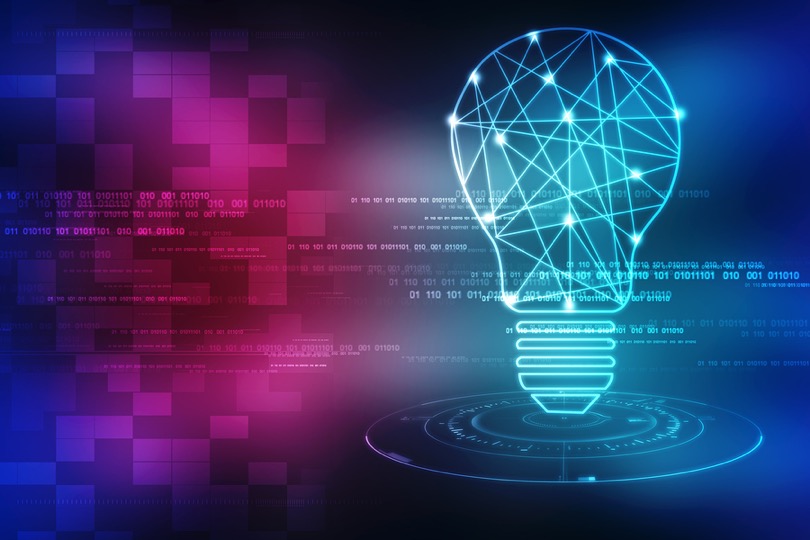In fact, the way the current technology operates – using neural networks – is somewhat incongruent to the workings of the human brain. We clearly don’t need all the labeled data.” To understand what I’m talking about, and why it matters, let’s take a step back… The cornerstone to AI: Neural networks and deep learning At the core of AI research are these things called neural networks. Deep Learning systems, contrary to their designation, don’t learn. Apple’s voice assistant, Siri, is an example of cloud processing. For AI and machine learning to progress to the next level, a faster and more efficient way to process these computations needed to be discovered… Enter “Edge Processing” and BrainChip Edge processing is – in contrast to processing in “the cloud” – performed right on the device itself. BrainChip has developed a revolutionary network called Akida that is small enough, fast enough and efficient enough to perform these machine learning and intelligent tasks on the device itself by learning autonomously. See a representation of this powerful technology in the video below: The Akida network is the first of its kind that is designed to learn by itself, almost instantly, in the same way that the brain learns. In parallel to the BrainChip powered car, another test car using common and currently available machine learning methods went around the track too. Conclusion The Akida technology created by BrainChip is at the forefront of technological change and the future of AI. It is an entirely new way of processing data based on the way the brain works and is suited to both deep learning networks as well as self-learning and autonomous networks – something we haven’t seen in mainstream society yet.

By robots, I mean artificially intelligent machine-based learning algorithms that mimic the workings of a human brain.
Except… they don’t really.
With all the buzz about Artificial intelligence (AI) and machine learning now you would think that the human brain and the way we think, act, make decisions, and operate in the world is on the way out.
In fact, the way the current technology operates – using neural networks – is somewhat incongruent to the workings of the human brain. At least according to the “father” of the growth in AI, Geoffrey Hinton:
“I don’t think it’s how the brain works. We clearly don’t need all the labeled data.”
To understand what I’m talking about, and why it matters, let’s take a step back…
The cornerstone to AI: Neural networks and deep learning
At the core of AI research are these things called neural networks. Neural networks are a framework that enables machine learning algorithms to work together, process complex data, and perform tasks based on the information. They “learn” without human input of tasks or steps required in a process.
“Deep neural networks” are widely used in a process referred to as “deep learning” in fields such as image recognition, natural language processing, analysis of medical images, social network filtering, and other applications.
The problem with neural networks and deep learning
More and more people are recognizing that neural networks and deep learning have limitations. Deep Learning systems, contrary to their designation, don’t learn. They are trained using millions of samples and perform only the action for which they are trained. They are not intelligent. Trained systems can only respond, they can’t learn or adapt.
There are also major concerns with this form of artificial intelligence and machine learning due to the amount of power required to perform actions and the amount of training that is required. For the most part, the grunt work needs to be passed off to remote servers on the cloud which significantly increases the time in which the technology responds.
Apple’s voice assistant, Siri, is an example of cloud processing. The words are sent over the internet as digital data to a remote computer, the answer is processed and relayed back in the same way. The actual speech processing and search is performed on the remote computer. Which is fine for things like Siri, but not for autonomous vehicles and other time-critical situations.
For AI and machine learning to progress to the next level, a faster and more efficient way to process these computations needed to be discovered…
Enter “Edge Processing” and BrainChip
Edge processing is – in contrast to processing in “the cloud” – performed right on the device itself.
The leaders in this space are a company by the name of BrainChip. BrainChip has developed a revolutionary network called Akida that is small enough,…

COMMENTS